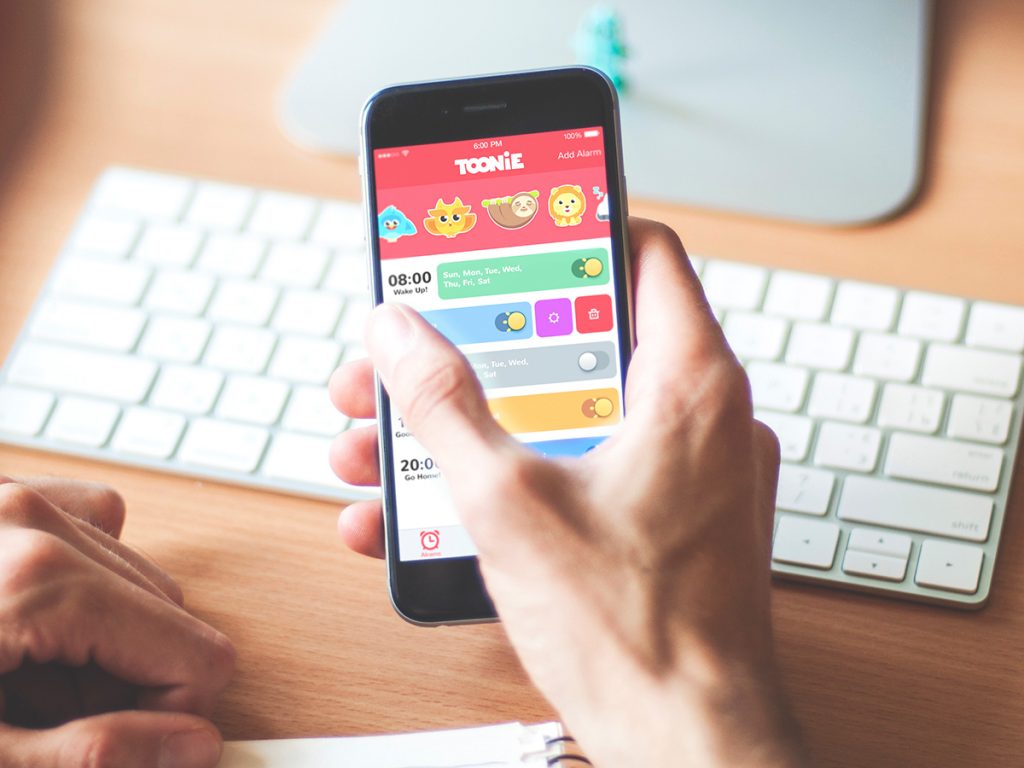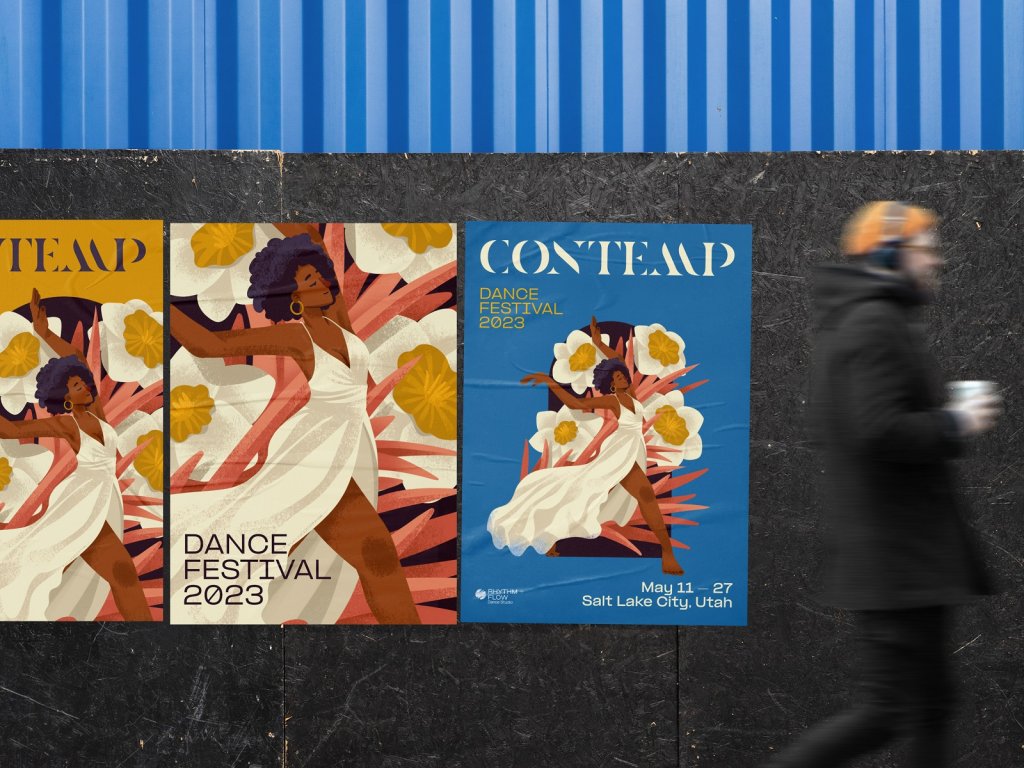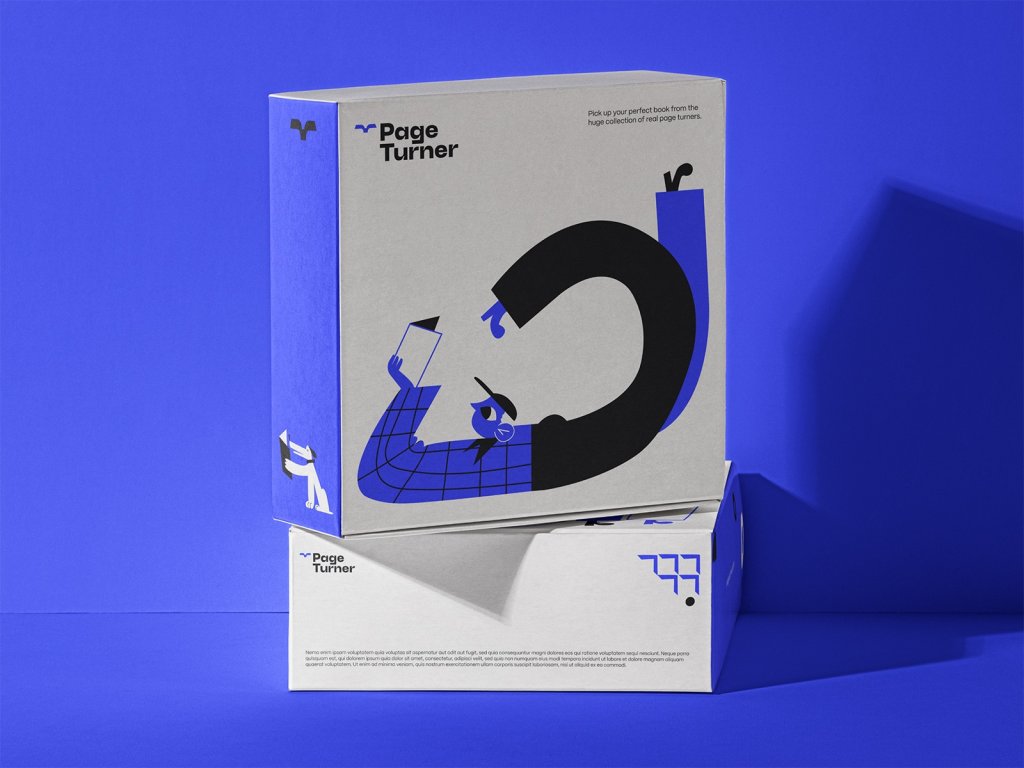The process of creating an illustration for a particular product or project is not only about visual expression. There’s much more behind it, as in any type of design process: apart from the illustrator’s knowledge, effort, and practical skills, it also includes research, analysis, idea and composition search, working out the best color solution, and many other aspects leading to a needed outcome. In the case of creating a consistent set of illustrations, the process gets even deeper and more extended to reach the systematic design approach. That’s what we are going to talk about today: Tubik illustrator Yaroslava Yatsuba is ready to unveil her creative approach to illustration sets and share a bunch of handy tips for illustrators. Join in!
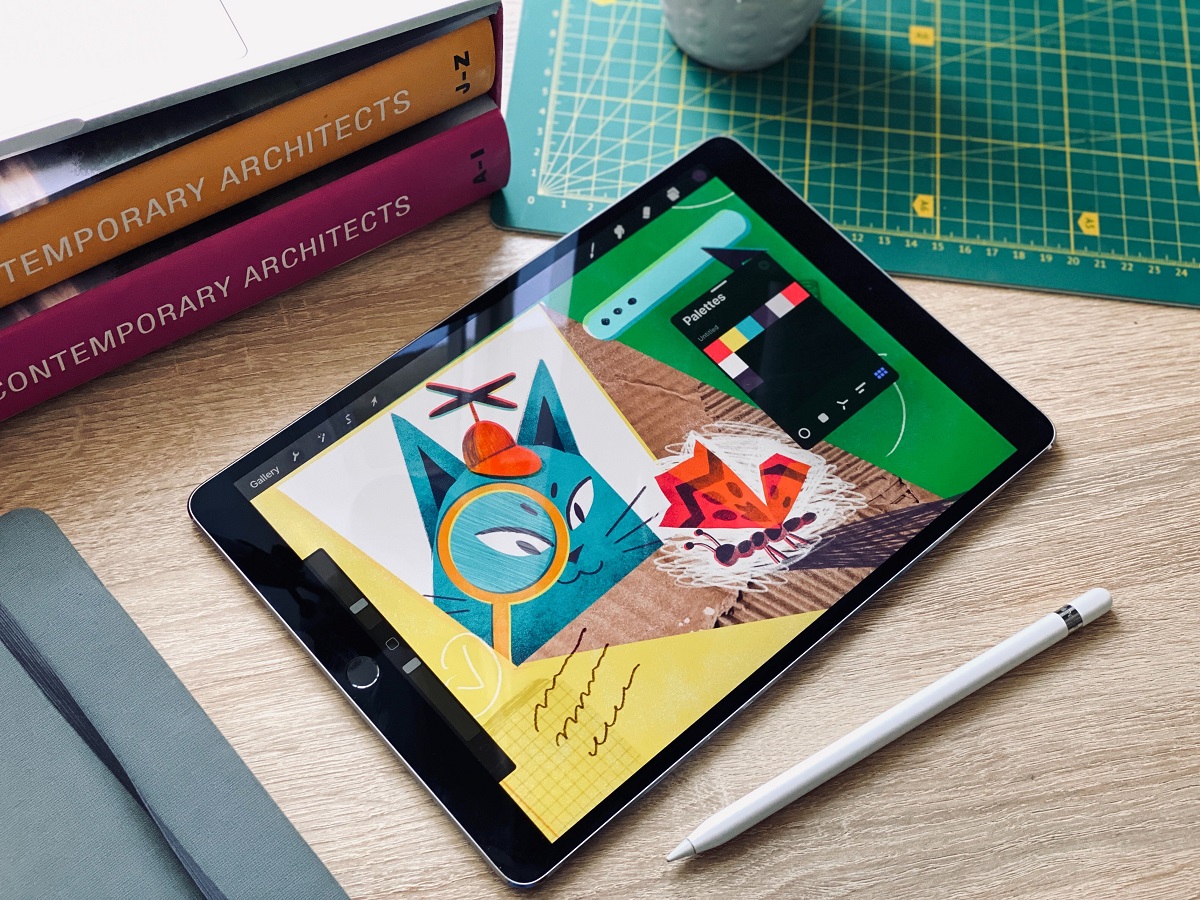
Whatever is your artistic manner and workstyle, the major advice from our illustrator is like that: never stop where you are. Only the constant learning process can allow you to achieve creative development and not to get stuck on the sidelines of the information field.
But how to search for the needed data and process it properly?
These are the questions Yaroslava asked herself working on a new set of illustrations called Curious Cat. In addition, in this art project, she wanted to try new stylistic techniques that are often found in printed graphics but rarely in web illustrations.
Practical advice: If you want to reinforce and develop a certain stylistic skill, work on a consistent set of illustrations, not a single artwork. In this case, you get a hand in it, your creative approach is more systematic and complex. What’s more, you will tackle the difficulties which may not arise in one piece of art, and the customer, seeing a series of artworks, will catch the general style more accurately and understand that this artwork is not just accidental something taken out of thin air.
Stage 1: Color Palette
At this case, the artist proceeded from a style that was based on imitation of manual printing graphics. So, she chose 3 primary colors, the overlay of which would give her all the necessary palette and convey the spirit of screen printing. To reach that effect, she selected a brush in Procreate that creates the necessary texture. A more time-consuming but also more effective method is creating your own brushes using textures from real materials. Yaroslava also added a neutral gray color and a couple of paper textures to the palette.
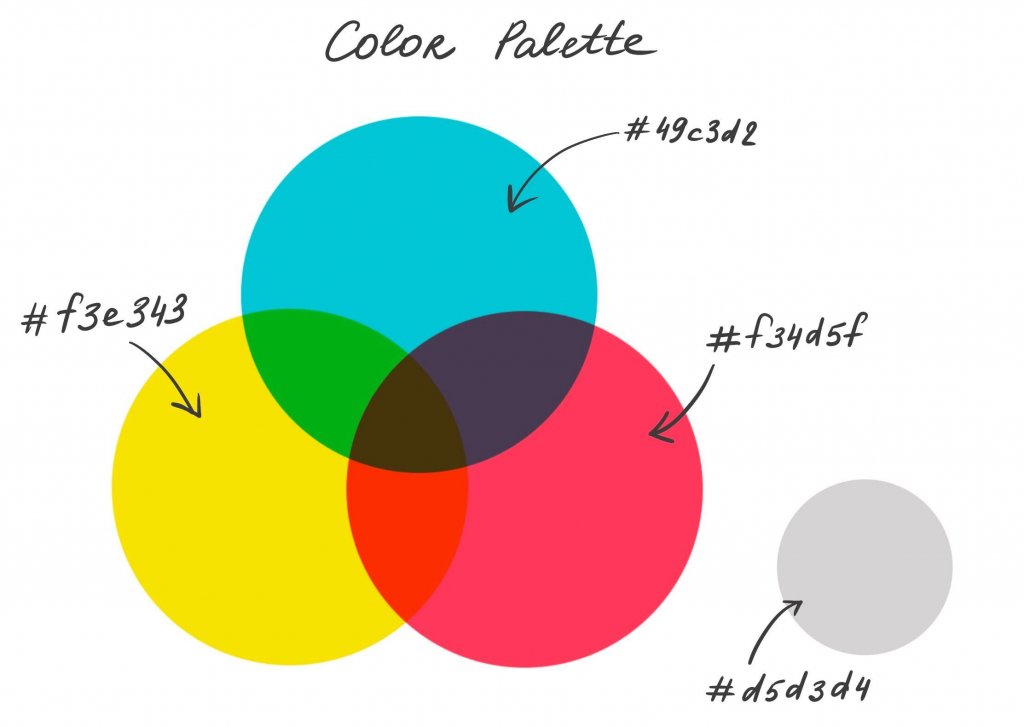
Stage 2: Theme
The artist was looking for an abstract theme that could have a logical sequence of illustrations and at the same time encourage her to search for new expressive techniques and compositions.
As a result, the choice was focused on the theme called Process, so the illustrations aimed at reflecting various stages of research and creation process. Also, this series had a mascot character: the curious and clever Cat.
The illustrator took the basic and crucial stages of the creative process as themes for the illustrations in the set:
- statement of a question
- research
- data systematization
- analysis of the received data
- hypotheses
- solution
Stage 3: Process
It’s easy to see that the creative process starts much before the first line or word gets down on paper, canvas, or artboard. So, the set of artworks about the Curious Cat reflects will help us to define, describe, and illustrate the design flow for a series of digital illustrations. If you project this list of points onto the creative process for illustration, then it might flow in the following way.
Statement of the question
- What goals do I set for myself?
- What do I want to achieve?
- Which illustrators do I like?
- What is in their work that caught my attention?
- What my work is missing?
- What skills would I like to upgrade?
- How can I reveal the topic?
It doesn’t mean to ask these questions all together at once, it’s enough to concentrate on a couple of aspects that are of interest at the moment since the tasks change and the entire analysis process needs to be done anew each time.

Research
This stage includes collecting references, selecting works of illustrators whose work inspires you, reading articles on the topic under study (in this case, about different kinds and approaches to the creative process), or perhaps even not this topic directly but the one that will really motivate you to work (for example, biographies of famous creative people you like), and creating a library or mood board of photo fragments you like.

Data systematization
It is a vital stage. It defines how you processed the information gathered at the previous stages and were able to structure it. For example:
- The works of this group of illustrators catch my attention and emotions with the transfer of movement.
- In this group of photographs, I adore a beautiful combination of colors.
- The description I read in the article helps to convey the problem more precisely.
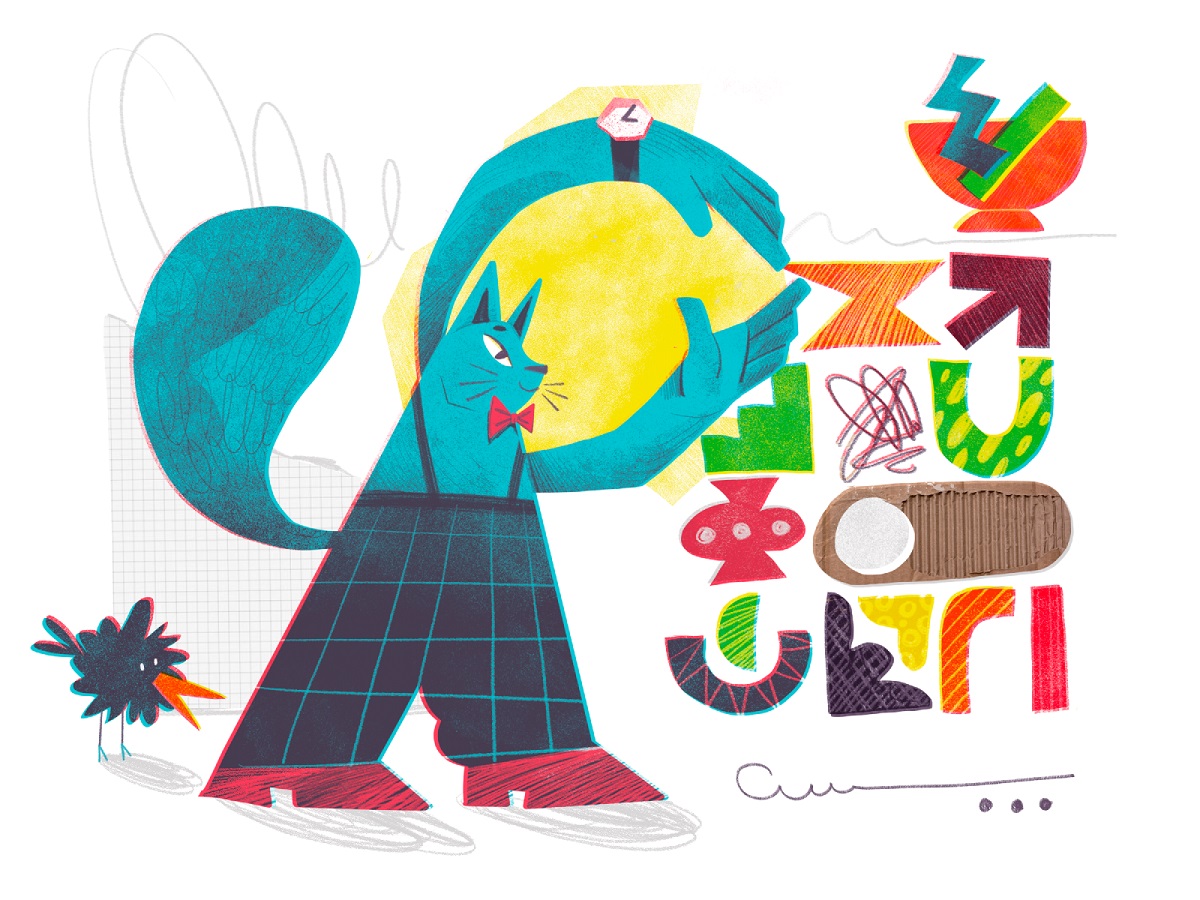
Data Analysis
Analysis of the obtained data in case of the illustration process lies in:
- creation of sketches
- trying various color selections
- thinking over the plot
- considering a character image.

The artist realized that this particular project needed a character. It was the best was to reach the consistency and united look of the different artworks. What’s more, a character was effective to clarify the terminology and actions as well as humanize and personalize quite abstract notions and phenomena.
Here you can see the search process for the character images that went through several iterations before the Curious Cat was found as the best choice.

Hypotheses
This stage goes in parallel with the analysis. And often for illustrators, it looks like creating sketches and possible variations, ideas on how you can get the best for the required plot, which composition, angle, or shape is more advantageous for conveying the essence, which colors will emphasize the mood and set the needed atmosphere.

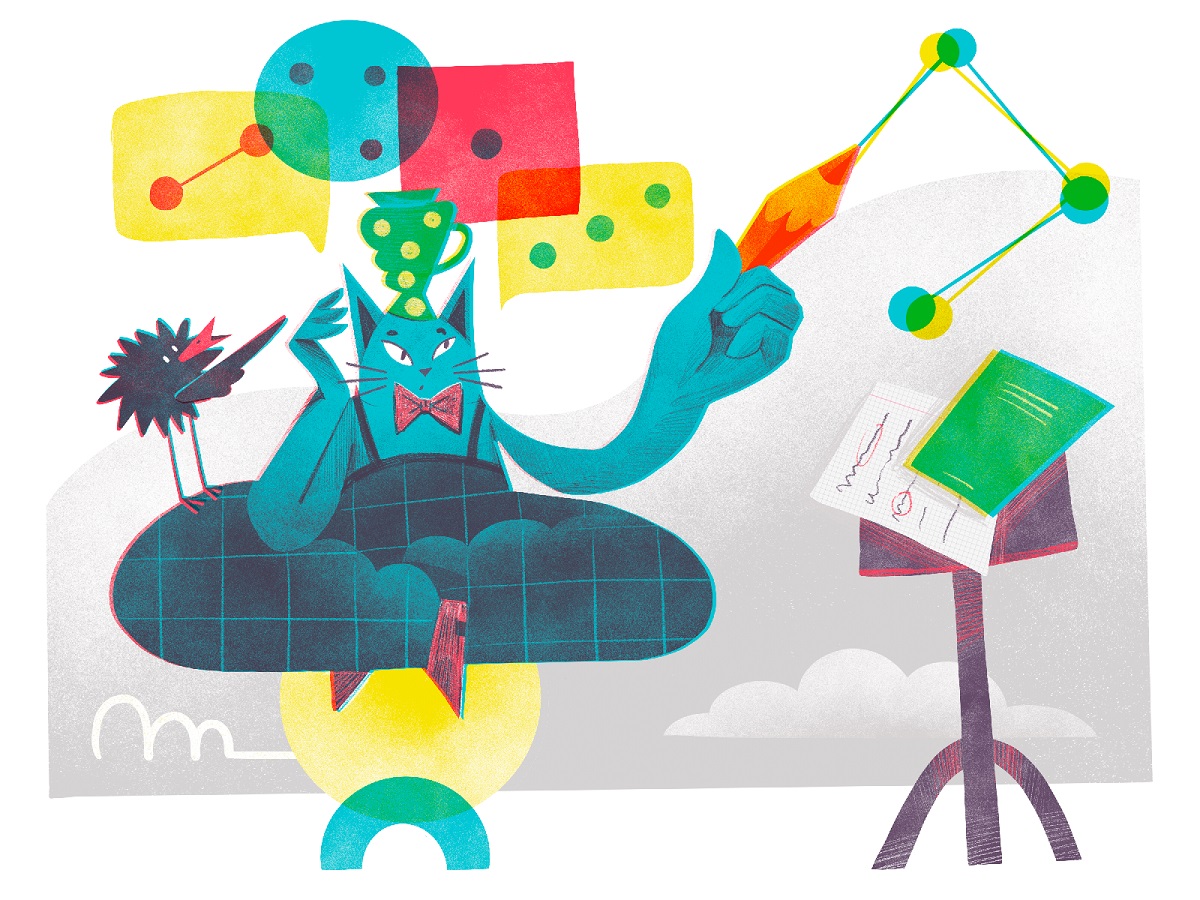
Solution
The solution is the sum of all the stages passed and implemented in the illustration. The final result may seem simple and uncomplicated at first glance, but only after deep processing and analyzing the information, this result will be not random or accidental but will be based on experience and practice. What’s more, the set of illustrations opens the broader perspective for visual storytelling.
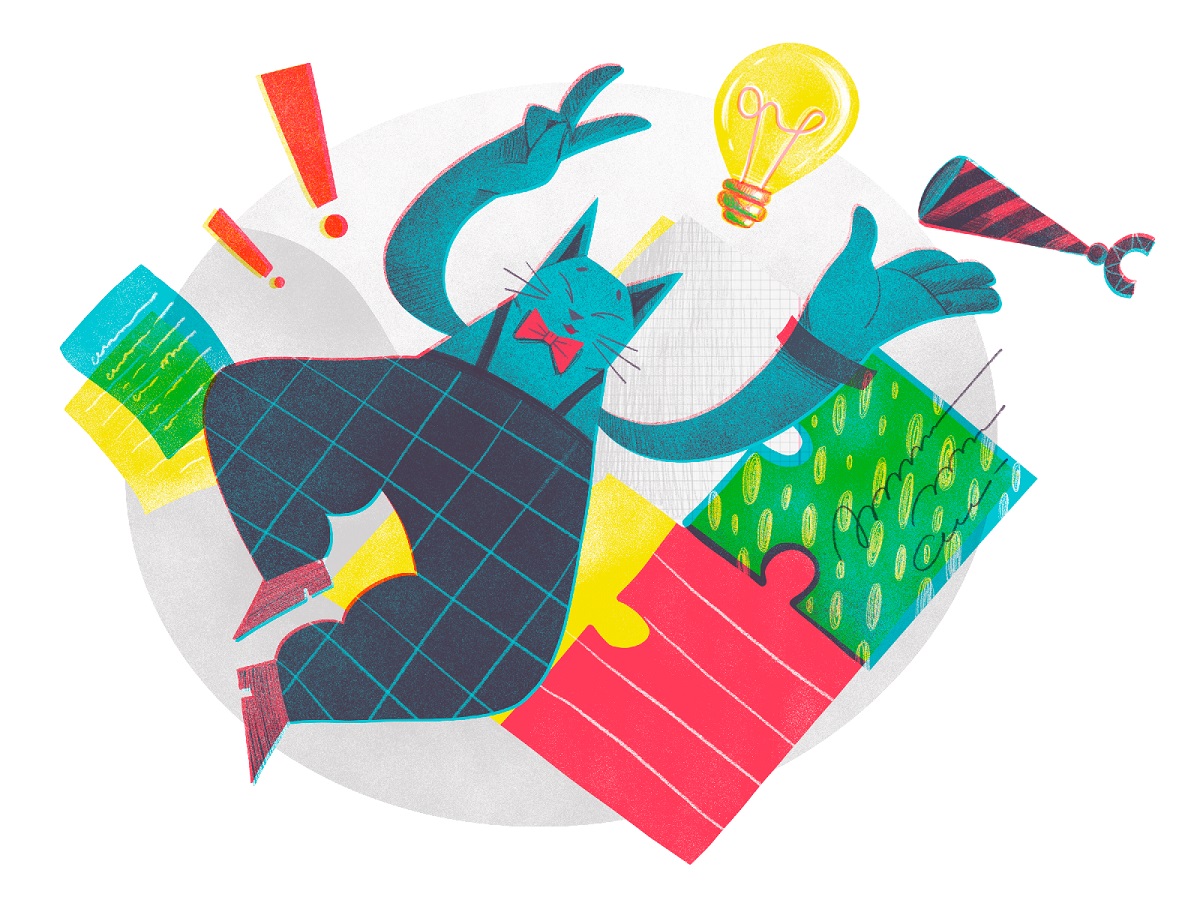
Hopefully, the stages described above will motivate you to try such a systematic approach in your illustration experience. Also, welcome to check more practical tips and examples by Yaroslava: in our earlier articles, she shared the guides on how to build up your original style of illustration and how to create illustrations for blogs and landing pages. Also, she shared the creative process step-by-step in the case studies on narrative illustration, interface illustration, and theme illustration devoted to the Olympic Games.
Illustration Collections and Digital Art Case Studies
If you want to see more collections of illustrations or discover how they work in particular design projects, here’s the set of posts for you.
Book Illustrations for Visual Storytelling
45 Inspiring Illustrations About Workspaces, Creativity and Art
20+ Atmospheric Digital Illustrations: From Landscapes to City Views
Digital Art: 40+ Inspiring Illustrations on Diverse Themes
24 Elaborate Flat Illustrations for Your Inspiration
26 Digital Artworks About Design Process
Case Study: ABUK. Custom Book Cover Design for Audiobook App
Case Study: Moonworkers. Digital Illustrations on Film Production
5 Basic Types of Images for Web Content
Functional Art: 10 Big Reasons to Apply Illustrations in UI Design


